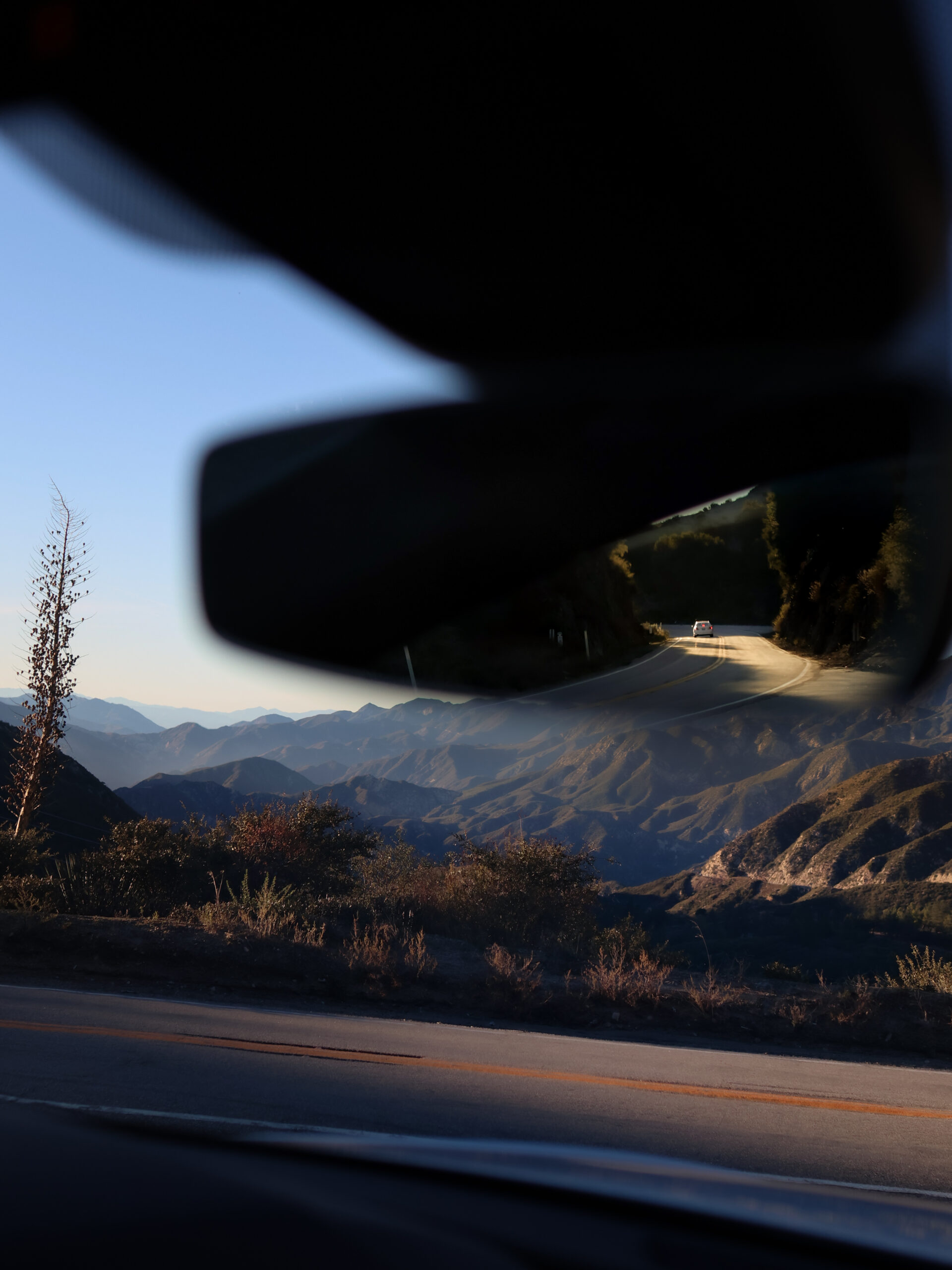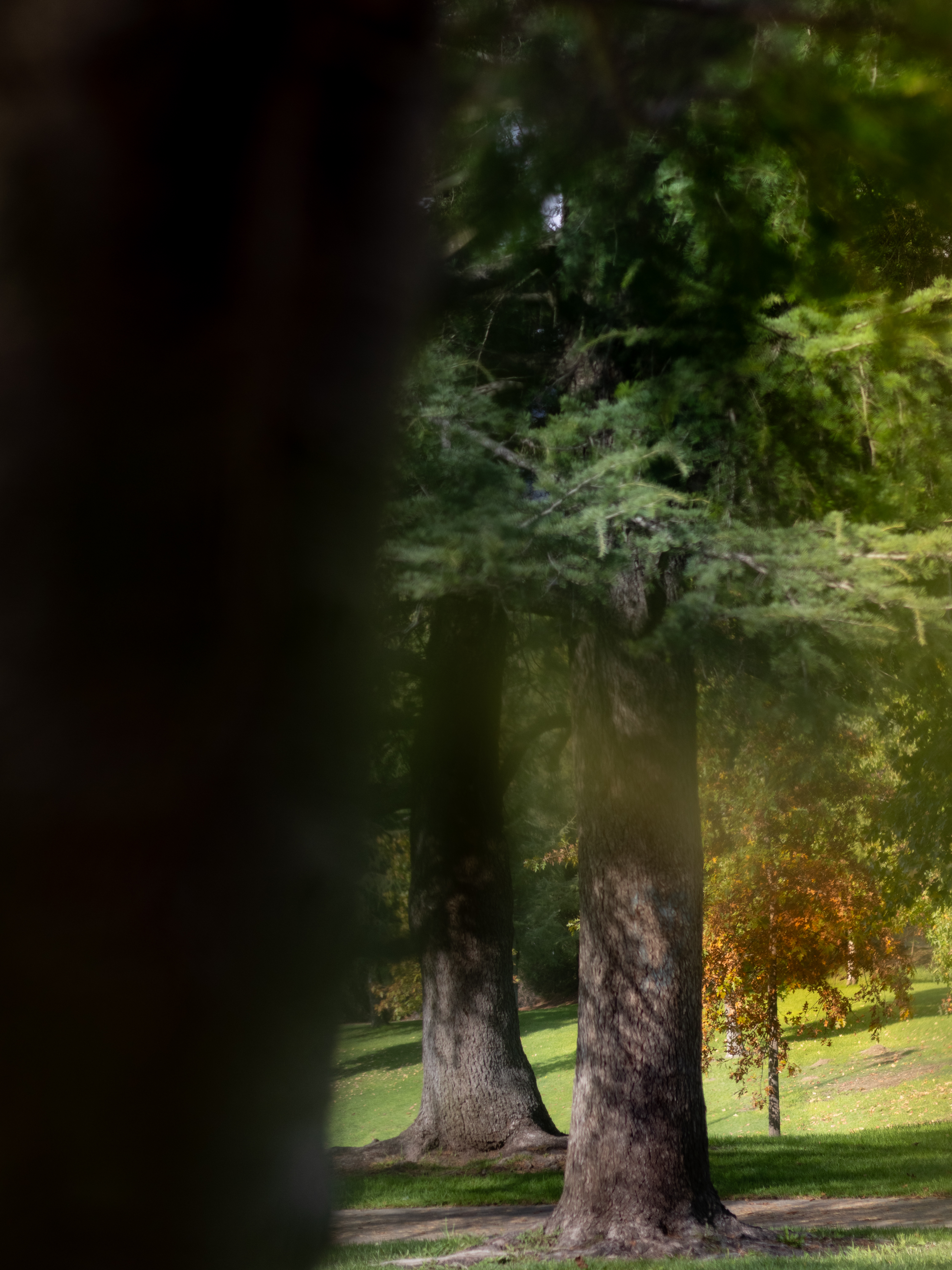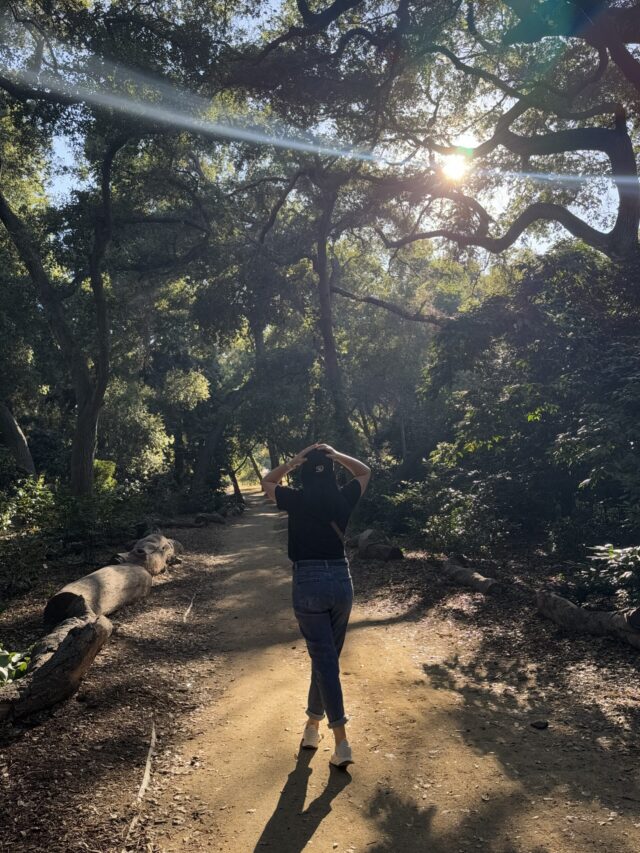Are you like me, someone who just can’t help but take pictures of everything that catches your eye? Whether it’s the glow of sunlight on your morning coffee, a cute street corner, or a breathtaking sunset, you just have to capture it. If that sounds like you, then hey – welcome to the club!
Photography has always been my happy place. It’s not just something I do for fun, it’s something that truly keeps my soul alive. It gives me purpose, peace, and a way to express how I see the world. And if you’re reading this, maybe you’re already on the same path, trying to take your passion for photos a little more seriously. Maybe you’re dreaming of turning it into a side hustle, or even a full-time career. Either way, I’m so glad you’re here.
This post covers basic photography tips for everyone – whether you’re new or have some experience. I’ll show you how to create good compositions, work with light and color, and use your camera settings effectively. Everything will be explained in simple, everyday language – just like we’re friends talking about photography together.
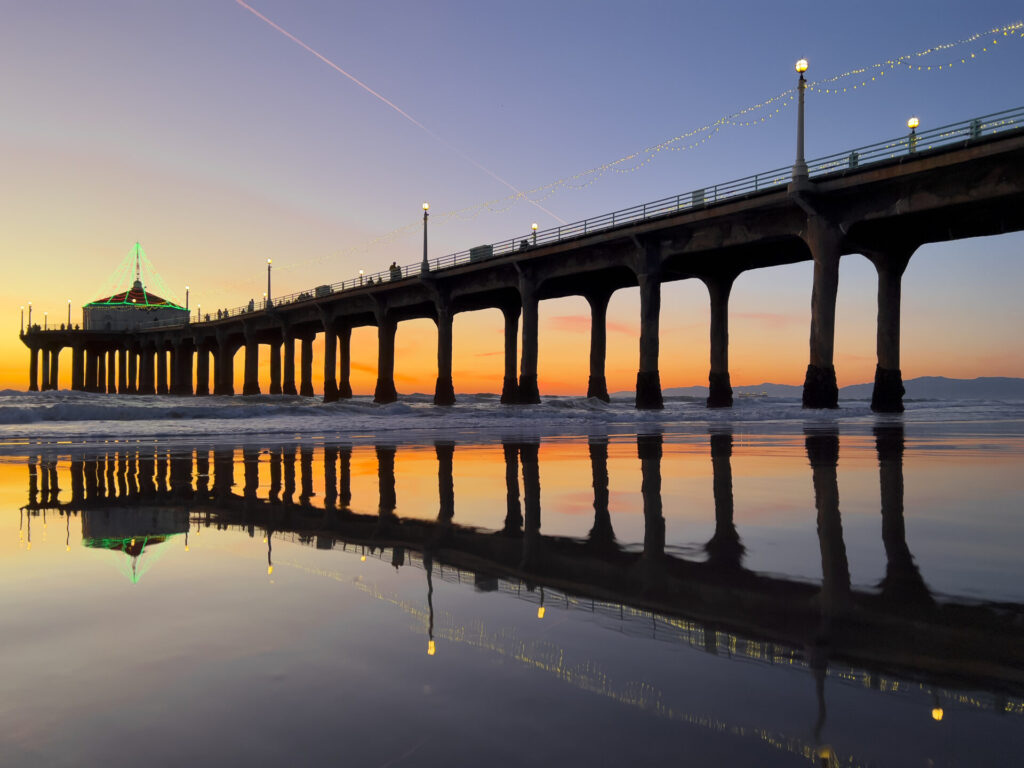
First Step in Photography: Understanding Camera Modes
Let’s start simple.
Your camera has different modes that control who makes the decisions – you or the camera.
- Auto Mode: The camera makes all decisions about brightness, focus, and speed for you.
- Manual Mode: You control all settings yourself.
- Semi-automatic modes (like Aperture Priority or Shutter Priority): You control one setting, and the camera handles the rest.
It’s like driving a car. Auto mode works like an automatic transmission – easy but less control. Manual mode is like driving a stick shift – more control but needs practice.
Composition: The Art of Framing
Let’s talk about how you arrange things in your photo. This is called composition.
How you place objects in your photo really matters. Good composition guides viewers’ eyes to your main subject and helps tell a story with your image.
Simple tips for better composition:
- Rule of thirds: Picture a tic-tac-toe grid on your photo. Put your subject where the lines cross. This creates a more balanced look.
- Fill the frame: Get closer to your subject. Remove distracting background elements.
- Use lines and shapes: Things like roads, fences, and shadows can guide viewers’ eyes to your subject.
- Try turning your camera: Taking vertical photos instead of horizontal ones can change how your photo feels, especially for tall subjects like people or trees.
Composition gets better with practice. Keep trying new approaches and follow your instincts.
Exposure: Making Photos Brighter or Darker
Exposure simply means how bright or dark your photo is. It’s controlled by three basic settings:
- Aperture (the size of the hole that lets light into your camera)
- Shutter Speed (how long your camera lets light in)
- ISO (how sensitive your camera is to light)
These three work together – when you change one, you usually need to adjust the others too.
Here’s what each one does:
- A wider aperture (like f/1.8) lets in more light and blurs the background. This is perfect for portraits.
- A fast shutter speed (like 1/1000) freezes action. A slow shutter speed (like 1/10) creates blur – great for waterfalls or night photos.
- A low ISO (like 100) gives clean, clear photos. A high ISO (like 3200) helps in dark places but makes photos grainy.
Don’t worry if this seems like a lot at first. Start by using your camera’s partly-automatic modes and practice changing just one setting at a time.
Light is Everything
In photography, light is your best friend. The word photography actually means “drawing with light.”
Light affects your photos more than anything else.
- Soft light (from cloudy days or windows) creates gentle shadows that make people look good.
- Hard light (like bright midday sun) makes strong shadows that can look dramatic or harsh.
- Golden hour (right after sunrise or before sunset) gives photos that beautiful warm glow photographers love.
Quick tip: Try moving around your subject to see how light changes. Sometimes just turning someone slightly makes a big difference!
Color and Mood: How Colors Affect Your Photos
Colors do more than make photos pretty, they create feelings in your pictures.
- Warm colors (red, orange, yellow) make photos feel happy and cozy.
- Cool colors (blue, green, purple) make photos feel calm and peaceful.
- Colors that sit next to each other on the color wheel create a gentle, pleasing look.
- Colors that are opposite each other (like blue and orange) create strong contrast that grabs attention.
You can adjust your camera’s white balance to match your lighting, or just use auto mode and let your camera do the work.
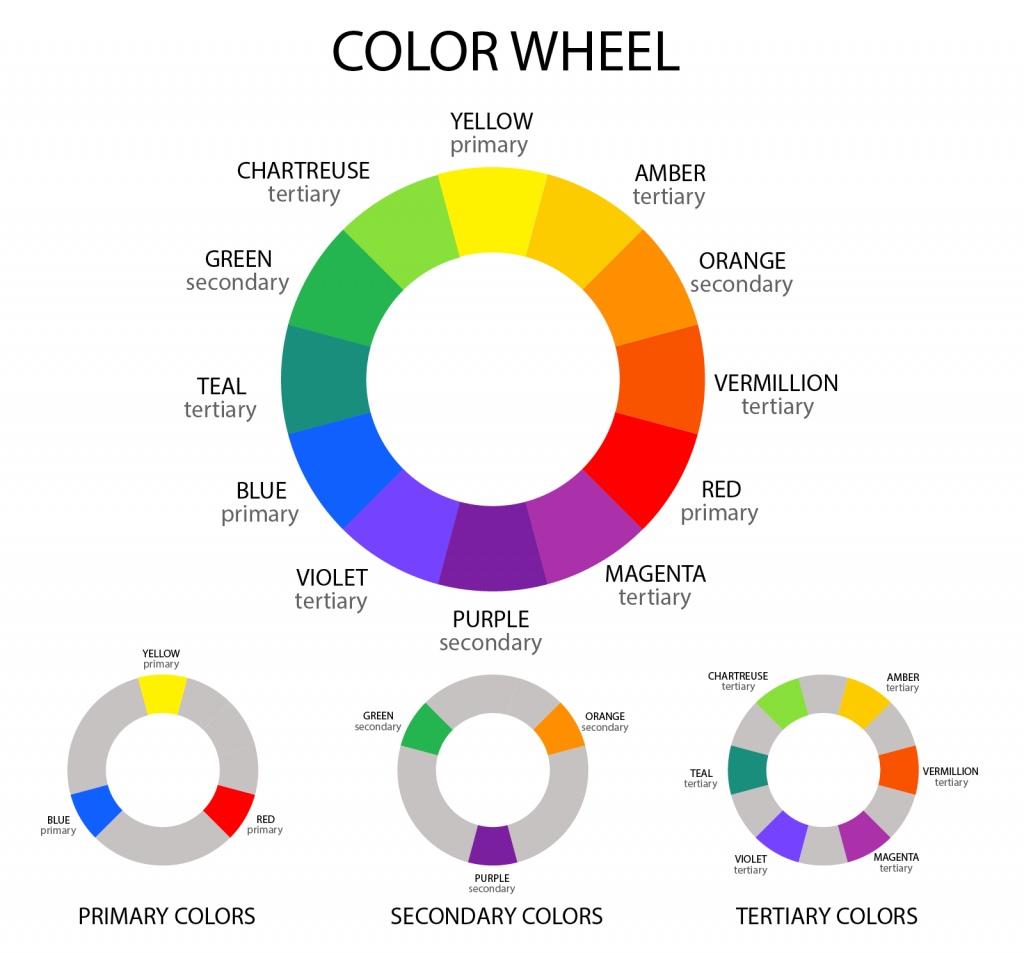
Different Types of Shots (And When to Use Them)
Using different camera angles can make your photos much better.
- Close-up shots: Good for showing small details like flower petals, jewelry, or expressions on faces.
- High-angle shots: Taking photos from above makes things look smaller or more gentle.
- Low-angle shots: Taking photos from below makes things look bigger, stronger, or more important.
- Wide-angle shots: Good for big scenes like landscapes, streets, or whole rooms.
- Tilted shots: Makes photos look interesting and different.
Try moving around to find good angles – get low, climb up, or try different positions!
Editing Your Photos (But Not Too Much)
Editing is like adding salt to food – a little makes it better, too much ruins it.
Use photo apps like Lightroom, Snapseed, or your phone’s built-in editor to:
- Make photos brighter or darker
- Change colors to look warmer or cooler
- Make details clearer
- Crop photos to look better
Don’t edit too much – if a photo looks fake, people will notice. Keep it natural with just small improvements.
Share Your Photos
When you have photos you like, share them!
- Post them on Instagram, Pinterest, or your own blog.
- Join photography groups on Facebook or other websites.
- Take photos for friends, events, or local shops to build your collection.
You don’t need to be perfect right away. Everyone starts as a beginner. Practice helps you get better.
Making Money from Photography (If You Want)
If you really love photography, you might wonder if you can earn money from it.
Yes, you can! Here are some simple ways to start:
- Sell your photos online (on Etsy or your own website)
- Take family or portrait photos in your area
- Take photos of products for small businesses
- Sell photos to stock photo websites like Shutterstock
- Start a photo blog and earn money from ads
Start small and grow over time.
Final Thoughts
Photography isn’t about having expensive equipment or knowing everything. It’s about showing how you see the world. It’s about capturing feelings in your photos.
Whether you’re just starting or want to become professional, I hope this guide helped you. I also hope it reminded you why you love photography.If you ever feel stuck, remember the simple joy of taking photos just because they make you happy. That’s what matters most.
Follow my travel blog on Instagram and let me know if you have any questions.

